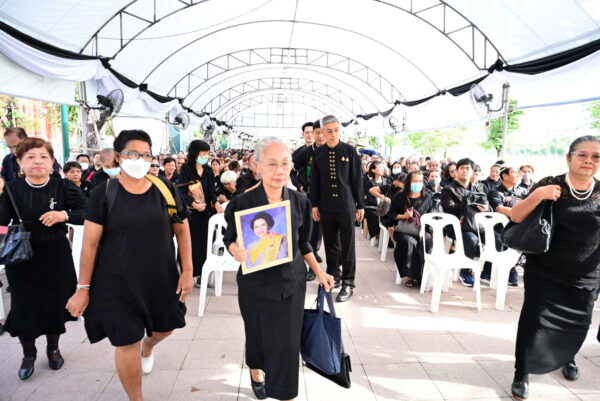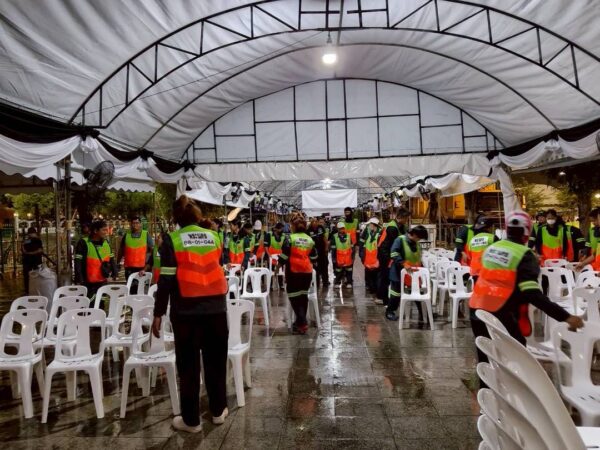Bangkok governor Chadchart Sittipunt on Wednesday presided over the first of this year’s meetings of the city’s Steering Committee on the Implementation of the Bangkok Plan on Climate 2021-2030.

The committee discussed various climate change-related topics including the progress of the city-to-city collaboration for zero-carbon society project being undertaken with Yokohama, Japan, the progress of the Asia-Pacific integrated model on greenhouse gas emissions study, the Carbon Footprint for Organisation (CFO) project, and the preparation of the Bangkok Energy Action plan.
The meeting also appointed the committee to oversee the implementation of projects under the Bangkok Plan on Climate 2021-2030.
After the meeting, Chadchart told the press that Bangkok is still on track to meet the target of reducing greenhouse gas emissions by 19% in 2030 and achieving net zero emissions in 2050.
“Currently our emissions are 43 tonnes per year. To bring this number down, we need to put in place measures to control four major sources of greenhouse gases, namely transport, energy usage in buildings, garbage, and wastewater,” he said.
The work on emission reduction had already started, Chadchart added, noting that the city has been promoting rail transport to reduce traffic on the roads, implemented the Green Building project to help reduce energy usage, promoted the separation of garbage, and improved the efficiency of wastewater treatment to minimise methane emissions.
To help offset the emissions, Bangkok has also increased green spaces in the city under the 15-minute park project, as well as organised the planting of 1 million trees with the participation of the public.
The city is planning to offer bonus carbon credits to private parties and other agencies that join its Green Building project to attract more participants.
“Another project that we have started is a carbon footprint evaluation of the city’s agencies, which is now being piloted in three districts of Din Daeng, Bang Khun Thian, and Prawet,” said Chadchart. “By the end of this year, we will have a clearer idea of the amount of greenhouse gas emissions for which each agency is responsible.”
The governor added that the evaluation will be performed not just at the district level, but will go deeper to the local administration level. It will also cover energy use and emissions of buildings, public health units, and sports facilities in each area.
“The evaluation for the first year will be a difficult task, as these districts have different geographic locations, but after we have established a proper format, we can quickly expand the coverage to other districts,” he said. “The results will let us know where the greenhouse gases come from, which target should be prioritised, as well as help evaluate the success of the measures being implemented.”
The governor added that he believed that the new government, which will soon be set up, would also push for green initiatives as highlighted in its campaign policies, such as installing solar rooftops at the community level, and promotion of electric vehicle usage to reduce PM2.5 emissions from traffic.




